- Home
- Curriculum
- British Values
- Democracy
- facebook Share this page on Facebook
- twitter Tweet this page
- pinterest Pin this page
Democracy
Democracy means that everyone has a voice and can take part in making decisions. At Queen Emma’s, we teach children that their opinions matter and that they can help shape our school community. Through activities such as class votes, school council elections, and group discussions, pupils learn about fairness, shared decision-making, and respecting different points of view.
Click below to find out what each phase learnt about.
Olympus
In Olympus class we explored the British Value of democracy.
-
Voting: we voted on a Christmas story by adding a duplo brick to a tower
-
Collaborative projects: We set up activities where children worked together to achieve a goal, we built a building using the new construction and worked together to re-tell the story of The Gingerbread Man.
Our highlight for collaborative projects was the team effort with a run of dominoes around the class!
-
Turn-taking: We incorporate turn-taking into daily routines, such as sharing resources during games or having a turn on the bikes

Pupil Voice:
Nicolau: When we voted for the book I really wanted the Elf book to win because we have an elf in our classroom!
Bonnie: I really liked working with S and R to make the dominoes. We got it right under the table and around the corner then it flipped and went down like a firework.
Amar: I built that building with K and he held the blue ones so they don't fall over.
Key Stage One
Ben Hope
In Ben Hope, we explored the British Value of democracy by discussing how everyone has a voice and how democracy is shown within our school. Examples include having school councillors and opportunities for pupil voice.
As part of our history project, we also learned about Emmeline Pankhurst and her fight for a fairer democracy.
To put democracy into practice, we held a class vote! Each pupil received a ballot ticket and voted on what we would do on the last day of term before the Christmas holidays.
Pupil Voice:
Everyone gets a say - Jacob
Emmaline Pankhurst helped get the women the right to vote - Humaira
We show democracy in school by having a school council - Edwin

Ben Nevis
In Ben Nevis class we learnt about democracy and how people vote for the government and local councils. We talked about how we vote for our school council and even for our class recognition reward.
To finish our lesson, we held a vote to name our Elf on the Shelf sent from Santa in the North Pole. The winning name was Alfie!
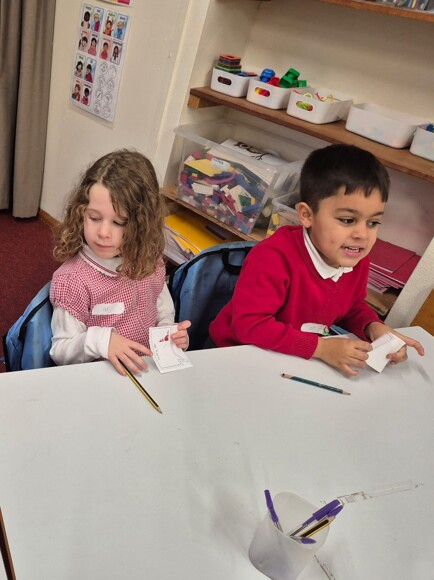
Lower Key Stage Two
Kilimanjaro
To learn about the British Value of democracy, Kilimanjaro held a class election for their new prime minister. The children formed four different parties and supported their chosen candidate to build a campaign, considering what they might be able to offer the voters; our winning candidate promoted mutual respect and treating everyone equally.. The children attended the polling station and explored how voting is kept fair and private. The newly elected prime minister then formed a government of elected ministers who spent the week undertaking various jobs in class.
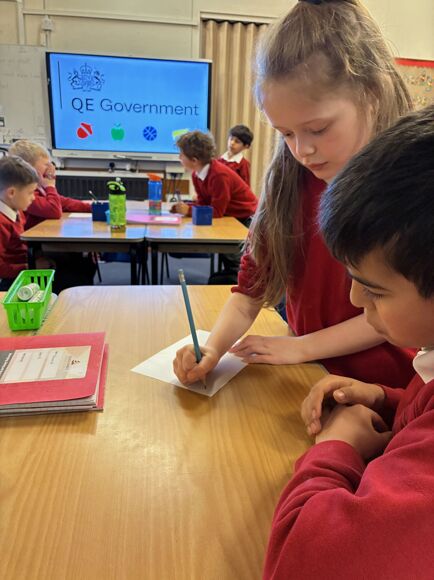
Pupil Voice:
"I'm really proud I got to be prime minister. I think it is because I said lots of things that are good and everyone wanted to vote for that." - Miruna.
"I liked how we did the voting in secret. It made it exciting and also its fair because nobody can tell who to vote for" - Louis.
"I think we should have more elections because it makes it fair to decide everything" - Kathleen.
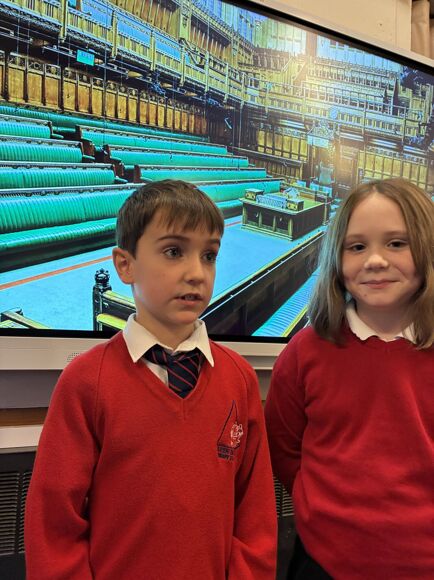
Snowdon
We investigated elections in depth, exploring the role they play in our society, why they are necessary, and how the democratic process works. As part of this, we examined the main political parties in England, looking at their key values and priorities, and learned about how citizens vote, how votes are counted, and how governments are formed.
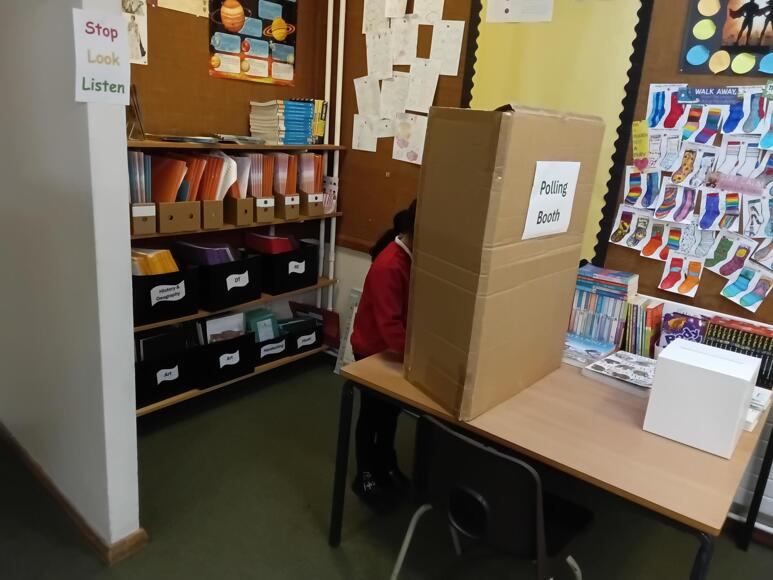
Pupil Voice:
We found out that not all countries live in a democracy, some are ruled by kings.
We were surprised to find out that King Charles doesn't rule/run the country.
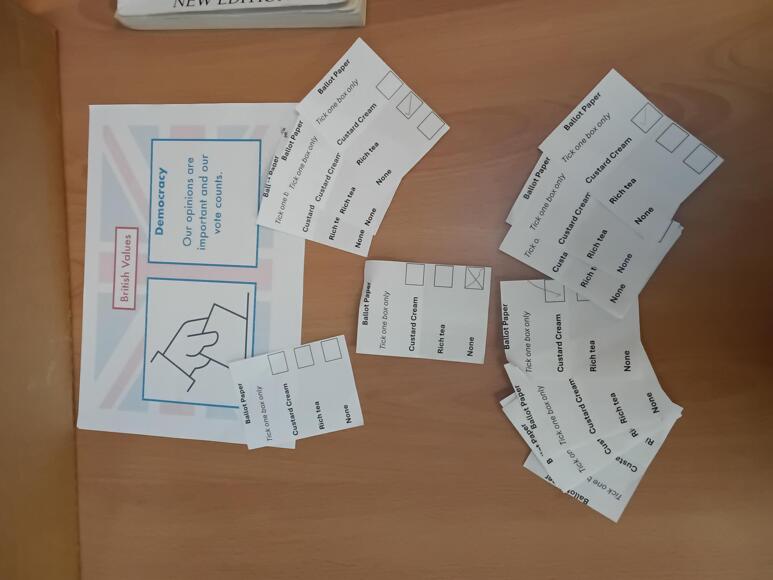
Upper Key Stage Two
Etna
This week we were learning about the British Value of Democracy, so we held General Elections in Etna and Fuji class. Pupils were told a little bit about the four main political parties, Labour, Liberal Democrats, The Green Party and the Conservatives and what their policies might look like in the context of our School. Pupils were then split into these different political parties and had to write a campaign speech to persuade their classmates to vote for their party and policies. Pupils then voted for their preferred party, filling out a poll-card anonymously. Votes were tallied and across both classes Labour was the popular choice. No hung parliament here!
Fuji
Our Year 5/6 pupils stepped into the world of democracy by becoming political parties for the day. Each group was given a school friendly manifesto and worked together to prepare a short campaign speech. The Conservatives spoke about tradition and achievement, Labour championed fairness for all, the Liberal Democrats promoted choice and wellbeing, the Greens put the planet first, and Queen Emma’s Party promised stability with their “Ready, Respectful, Safe” message.
The children delivered their speeches with confidence and passion, then cast their votes in a secret ballot. The tally revealed which ideas were most popular, sparking a lively discussion about fairness, choice, and pupil voice. The lesson gave pupils a real taste of how democracy works, while building skills in teamwork, persuasive speaking, and critical thinking.
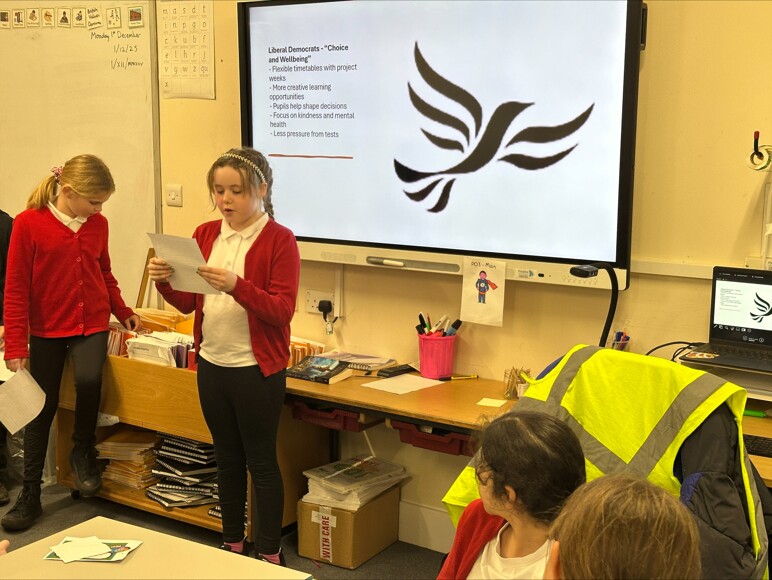
UKS2 Pupil Voice
Pupil voice:
Daniel: "It was quite difficult to try to argue for a party whose ideas I didn't agree with. In the end I had to switch parties!"
Oscar: I thought the lesson was very good and it was interesting to see how the country votes.
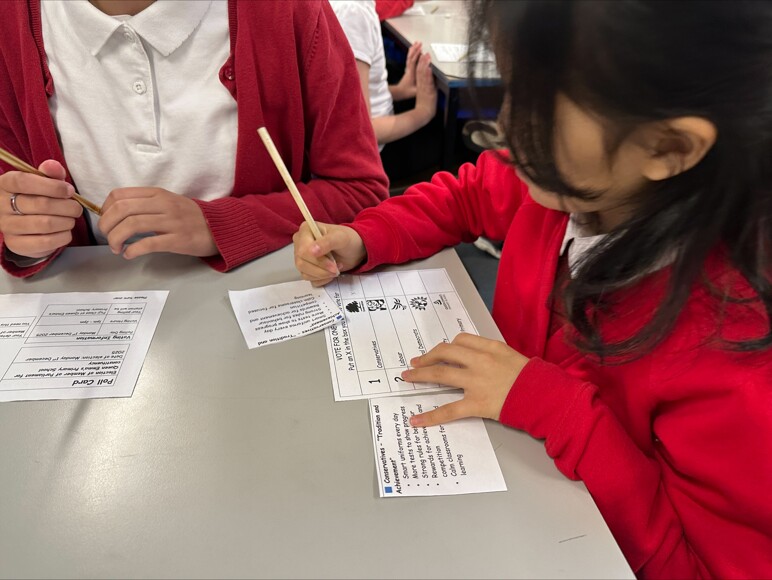
Curriculum
- Behaviour - Ready Respectful Safe
- Curriculum Intent
- Home Learning - Learning with Parents
- How do we Assess?
- Inclusion
- Our Classes
- Our Curriculum
- Outdoor Learning
- Reading
- Sport and Health
- Subjects: Art and Design
- Subjects: Computing
- Subjects: Design and Technology
- Subjects: Geography
- Subjects: History
- Subjects: Maths
- Subjects: Modern Foreign Language
- Subjects: Music
- Subjects: PE
- Subjects: Religious Education
- Subjects: RSE
- Subjects: Science
- The School Library
- Thrive
- OPAL (Outdoor Play and Learning)
- Enrichment Clubs
- British Values
- Personal Development
- Year 6 Residential 2025
- Express Events
- Mental Health Support Team
- Writing

